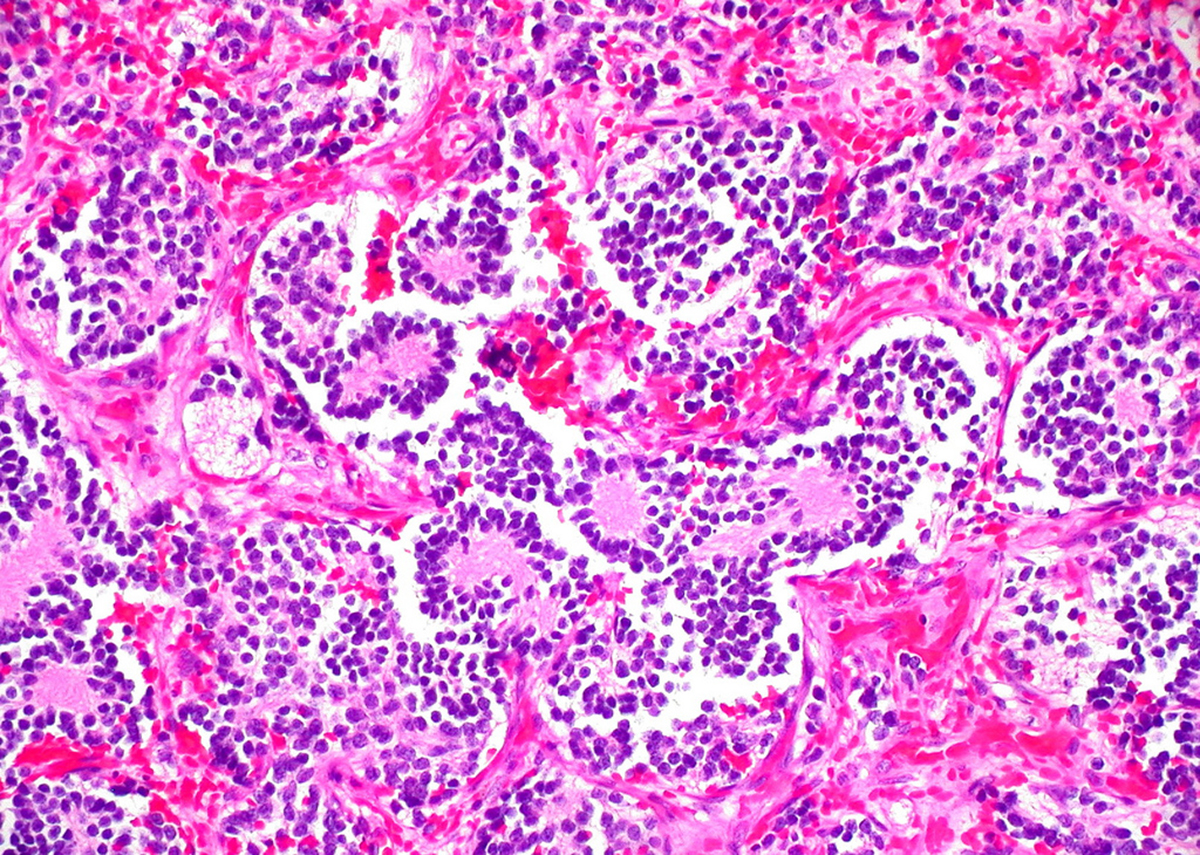Table of Contents
As with most types of cancer, the sooner a patient can be correctly diagnosed and treatment started, the better their chances of long-term survival. The same holds true for neuroblastoma.
How Is Neuroblastoma Treated?
Once a diagnosis is made, doctors determine how advanced the cancer is. Treatment options are based on the stage of the disease, location of the tumor(s), whether the cancer has spread from its original site and any other health conditions, which may be present.

Treatment generally involves a combination of things. Some children will require surgery to remove solid tumors. But there may be instances where the location of the tumor makes surgery too risky or impossible. Chemotherapy is also one of the main types of treatment for neuroblastoma.
The type of drugs administered may vary, and a combination of chemo meds are often used. In most cases, a port will be surgically placed under the child’s skin, which can be accessed to deliver the medications. This prevents the need to stick the child with a needle for each session of chemotherapy. Not all children react to chemo the same way. Some children develop several side effects, such as vomiting, fatigue, fevers and weight loss. Other children do not experience as many side effects. There are also many medications and nutritional changes that can help reduce side effects.
Radiation therapy, which usually involves targeting a beam of radiation at the tumor to destroy the cancer, is also sometimes recommended. In certain cases, both radiation and chemotherapy are used prior to surgery. Additional therapies are also used to treat relapsed neuroblastoma, such as immunotherapy and stem cell transplants.
The Importance Of Support Services
Hearing the words “your child has neuroblastoma” is devastating. Parents are usually given a lot of complex information they must process quickly. It is often overwhelming to deal with treatment options, doctors’ visits, hospital stays and watching your child cope with a serious illness.
Most children’s hospitals have a child life department. Child life specialists focus on the emotional needs of the patient and their siblings. Child life workers explain procedures to children, offer distraction during tests and treatments and provide recreational activities during the child’s hospital stay. They can also provide support to siblings and parents.
Hospital social workers are also a good source of information for families who have a child diagnosed with neuroblastoma. For example, social workers can help parents navigate the complex world of insurance forms. They can also provide information on financial assistance programs, which may be available to cover co-payments and other treatment related expenses.
As your child is getting ready to be discharged from the hospital, you may also talk with a case manager or discharge planner. Both can provide you with information on childhood cancer programs in your community, which may be helpful. Lastly, spiritual support may be helpful for some families. Most hospitals can arrange support as requested.
READ Colorectal Surgery: What To Expect From Your Bowel Cancer Operation
Although a cancer diagnosis is never easy, especially if it is your child, there is hope. Advances in treatment have increased the survival rates for many types of childhood cancer including neuroblastoma, and research is ongoing. In addition, getting the support you and your child need can make things easier to cope with.
- www.mskcc.org/pediatrics/cancer-care/types/neuroblastoma/treatment
- www.stjude.org/neuroblastoma
- www.cancer.org/cancer/neuroblastoma/detailedguide/neuroblastoma-treating-general-info
- Photo courtesy of Connor395 via Flickr: www.flickr.com/photos/conner395/2747751214
- Photo courtesy of Connor395 via Flickr: www.flickr.com/photos/conner395/2747751214
- Photo courtesy of euthman via Flickr: www.flickr.com/photos/euthman/2274260199

